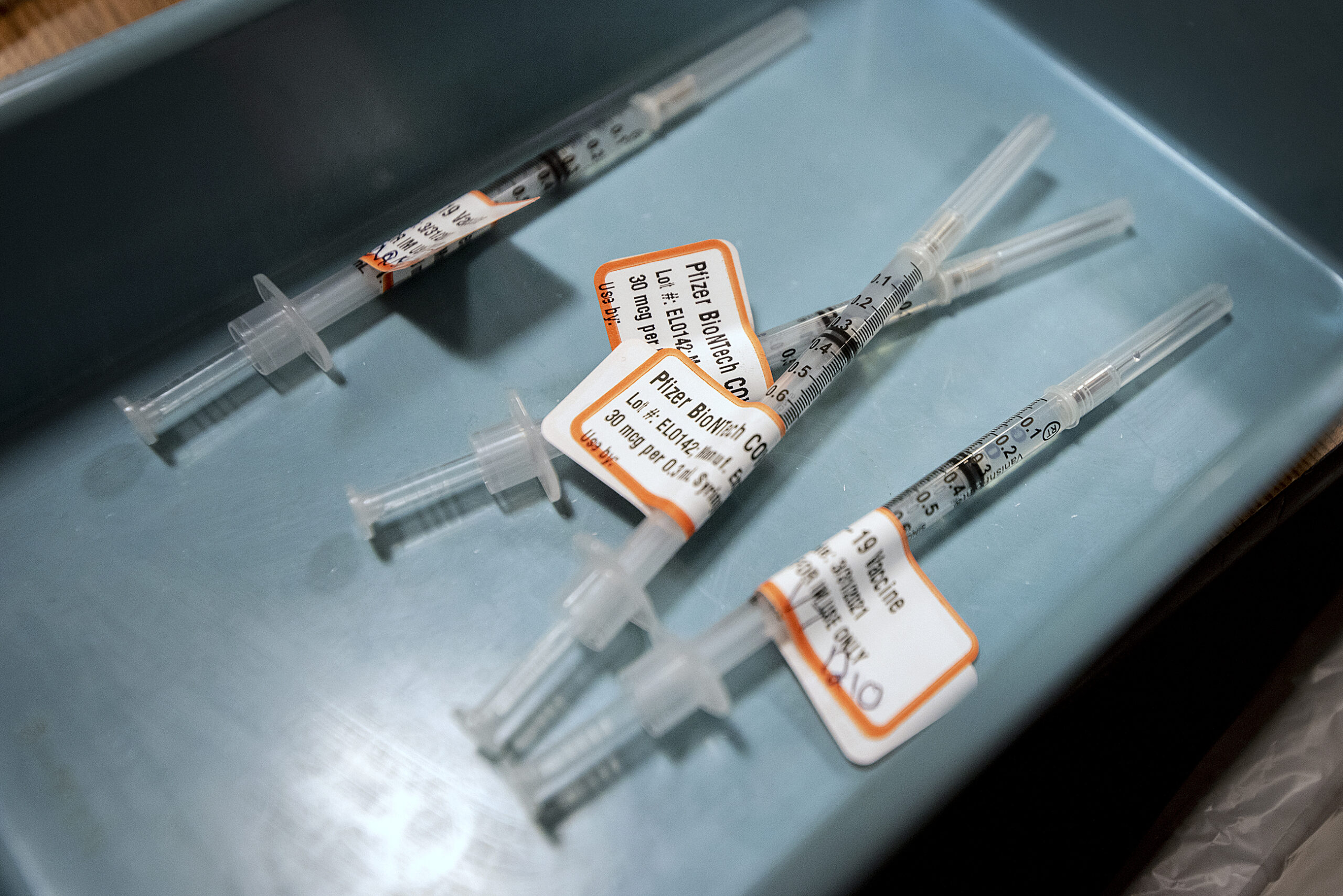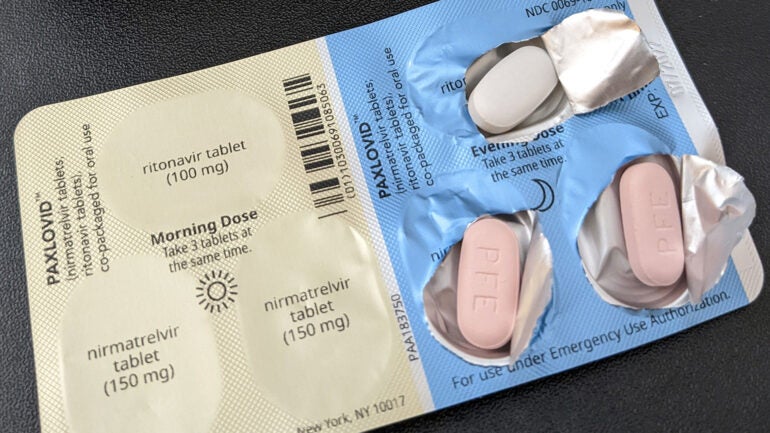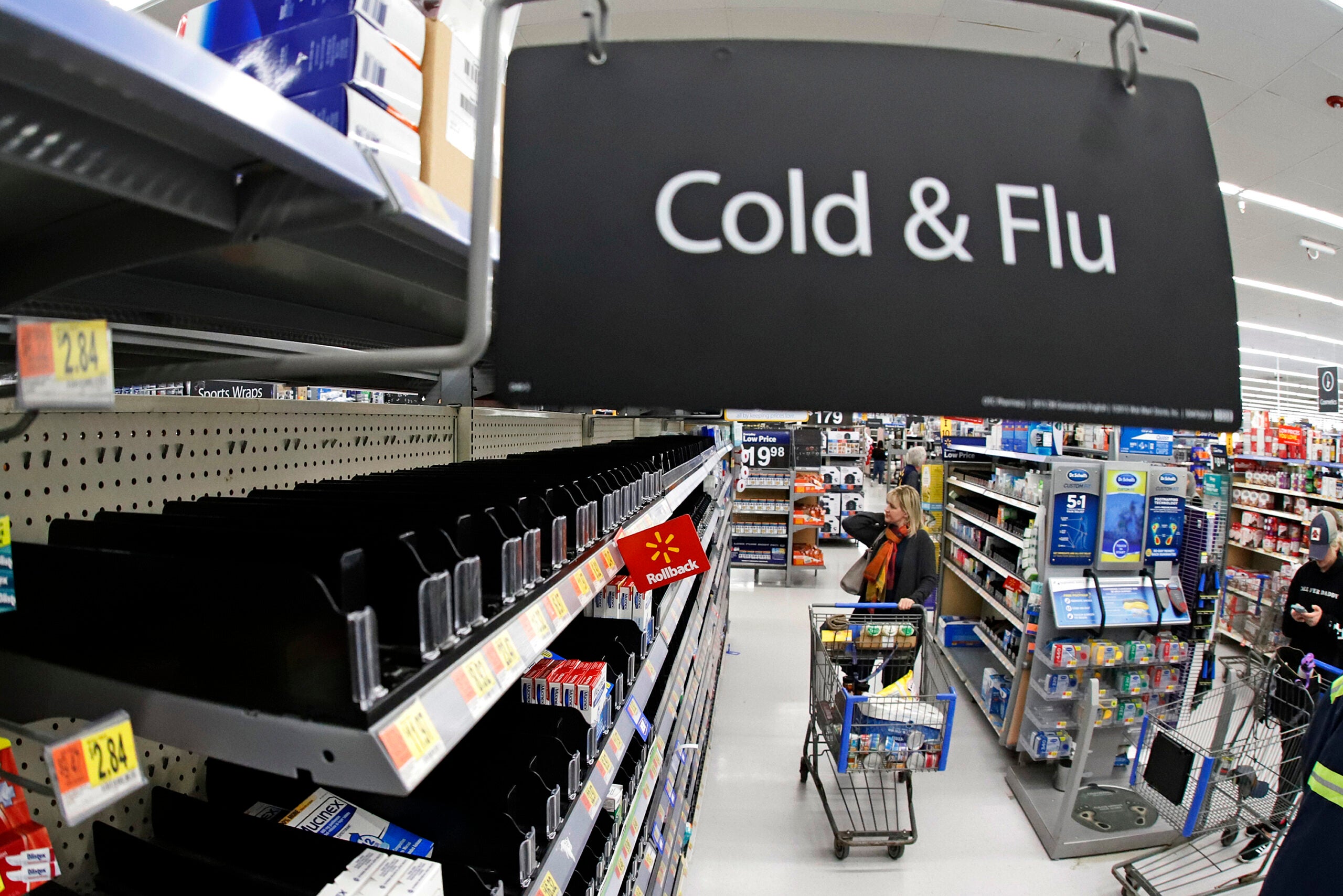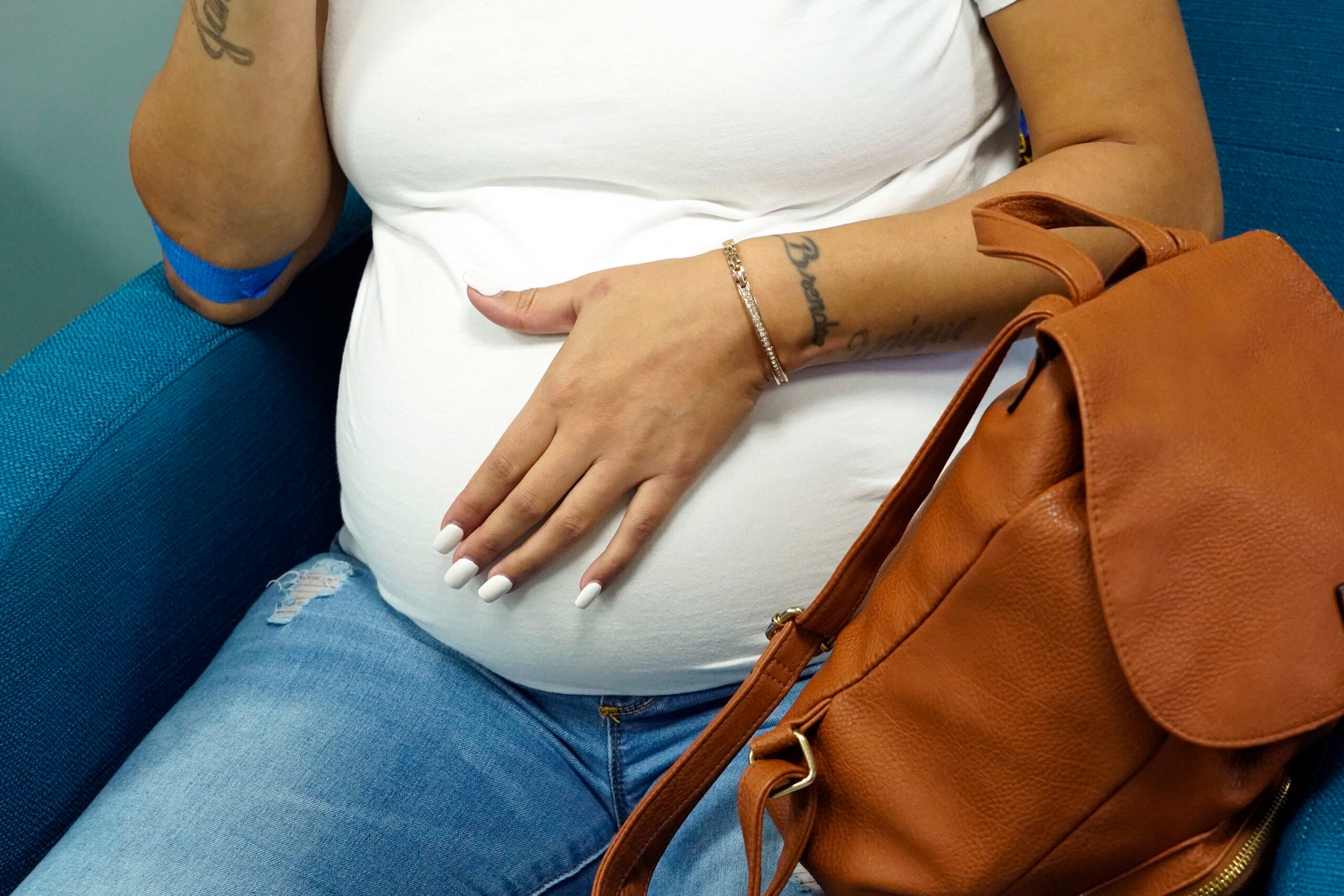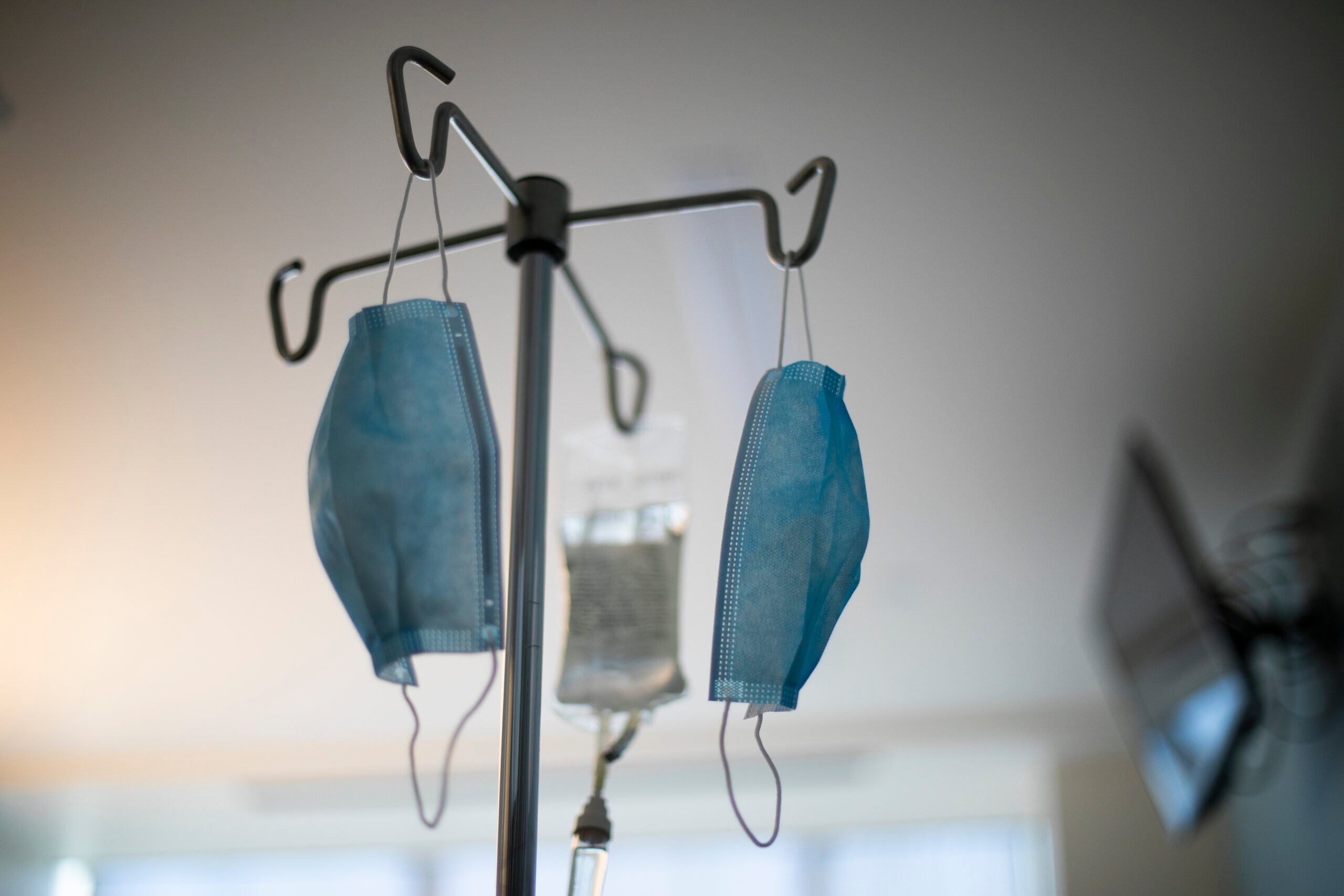Eight state governors including Gov. Tony Evers have written to the Trump administration asking the federal government to release more COVID-19 vaccine.
In a letter posted to Twitter Friday, the democratic governors said states need more doses of the vaccine now, a situation made more urgent because of a new variant of the virus.
Millions of safe, effective #COVID19 vaccine doses are being held back by the Trump Administration. I joined @GovWhitmer, @CAgovernor, @GovLauraKelly, @GovPritzker, @GovTimWalz, @NYGovCuomo and @GovInslee in requesting the federal government distribute these critical doses. pic.twitter.com/wy4sruDpWy
— Governor Tony Evers (@GovEvers) January 8, 2021
Stay informed on the latest news
Sign up for WPR’s email newsletter.
The letter notes that the federal government has “upwards of 50% of currently produced vaccines held back by the administration for reasons unknown,” and states that the “failure to distribute these doses to states who request them is unconscionable and unacceptable.”
The Trump administration has indicated it is holding back half the vaccine already produced so there’s enough for the second doses required for full protection.
Some have argued the first dose gives significant immunity and making others wait for their first dose is not only unnecessary but could result in more lives lost. A Dec. 14 column in The Washington Post noted that “getting vaccines to nursing homes a month earlier could save more than 40,000 lives alone” in the United States.
President-elect Joe Biden plans to release nearly all available vaccine doses upon taking office in an attempt to speed delivery, the New York Times reported Friday.
But for shots to get into arms, Wisconsin and other states will also need more vaccinators. That in part is reliant on having sufficient funding. This week, the federal government announced it was providing money to states to expand COVID-19 testing and distribution, funds that were included in the December pandemic relief package.
Wisconsin now has more than 1,000 approved vaccinators. But state Department of Health Services Deputy Secretary Julie Willems Van Dijk said Thursday the federal government would need to triple the state’s current supply to get 70 percent of Wisconsinites vaccinated by fall.
Supply depends on how much vaccine can be manufactured, when additional vaccines will be approved and how many people are allowed to get the limited vaccine before it becomes widely available. Right now, Willems Van Dijk said, there are roughly a half million people in phase 1a, which includes frontline health care workers and those in nursing homes and assisted living facilities.
The next in line to get shots are those in the 1b category, which could include first responders, K-12 teachers, correction workers and those 70 years and older. It will be up to DHS to determine who on that list gets vaccinated next. The State Disaster Medical Advisory Committee (SDMAC) is expected to make recommendations soon.
SDMAC discussed four different options of what the different phases might look like at a meeting Friday.
New developments in the pandemic, specifically the new strain of COVID-19 which is spreading across the U.S., is one of the things the advisory committee is taking into account.
Although the B.1.1.7 variant is not more deadly, “it has potential to cause many, many more cases. So, there’s an urgency now to move quickly with vaccination even more than a couple months ago,” said Ed Belongia, a member of the SDMAC vaccine subcommittee and director at the Center for Clinical Epidemiology & Population Health for Marshfield Clinic Research Institute.
But Belongia cautioned the committee about making the phases too broad, saying that if the vaccine is promised to all essential workers, people in their 60s with chronic conditions like hypertension and diabetes that make them more vulnerable to COVID-19 complications may be moved further down the wait list for shots.
“So I am in favor of including essential workers, but I think we have to keep it narrow … protecting our vulnerable older population and including important categories of essential workers, particularly educators and other frontline workers,” Belongia said.
Wisconsin Public Radio, © Copyright 2024, Board of Regents of the University of Wisconsin System and Wisconsin Educational Communications Board.

